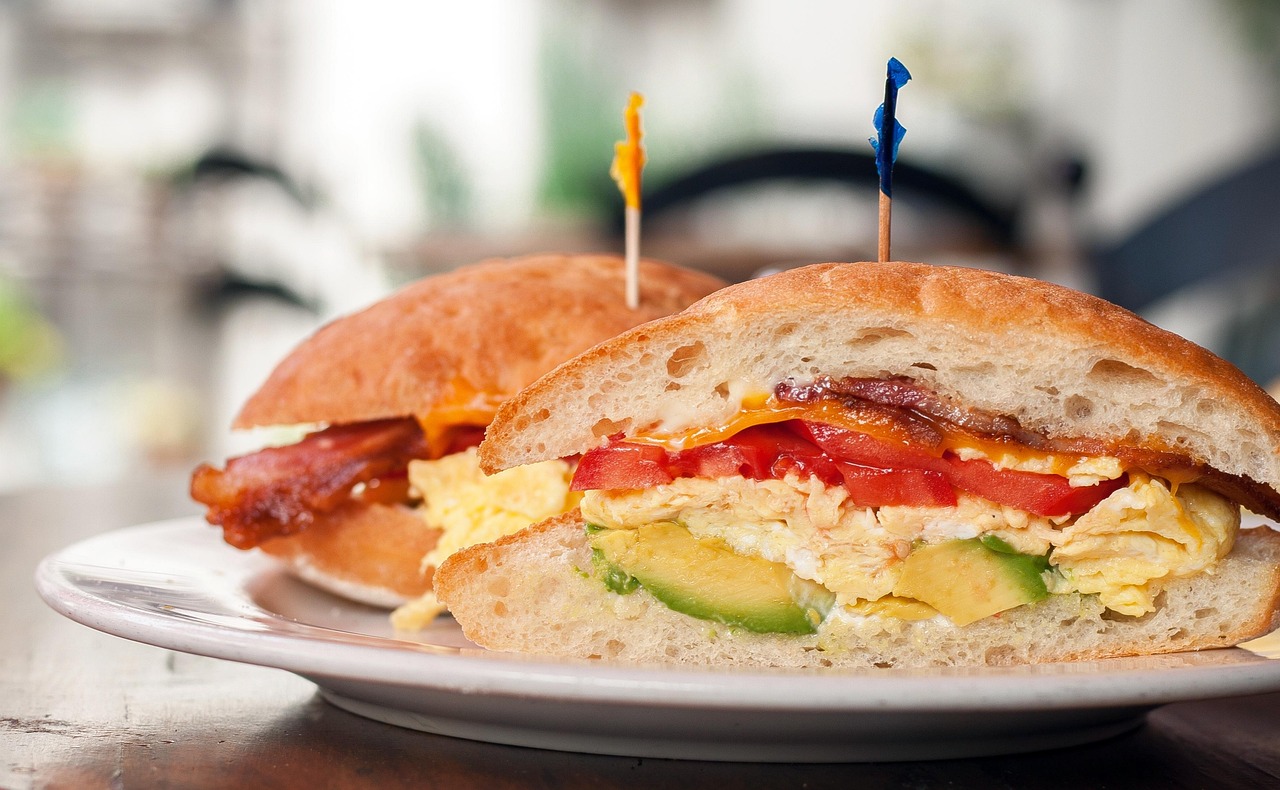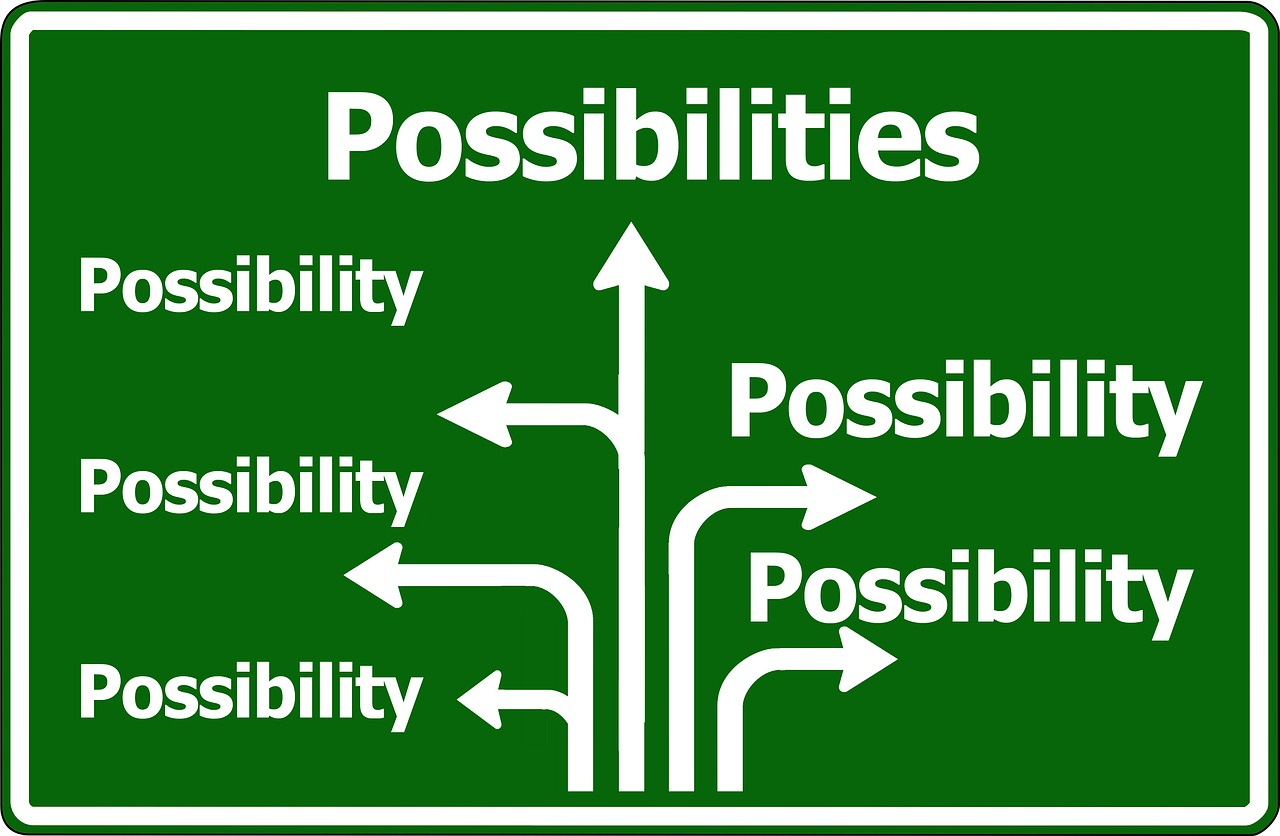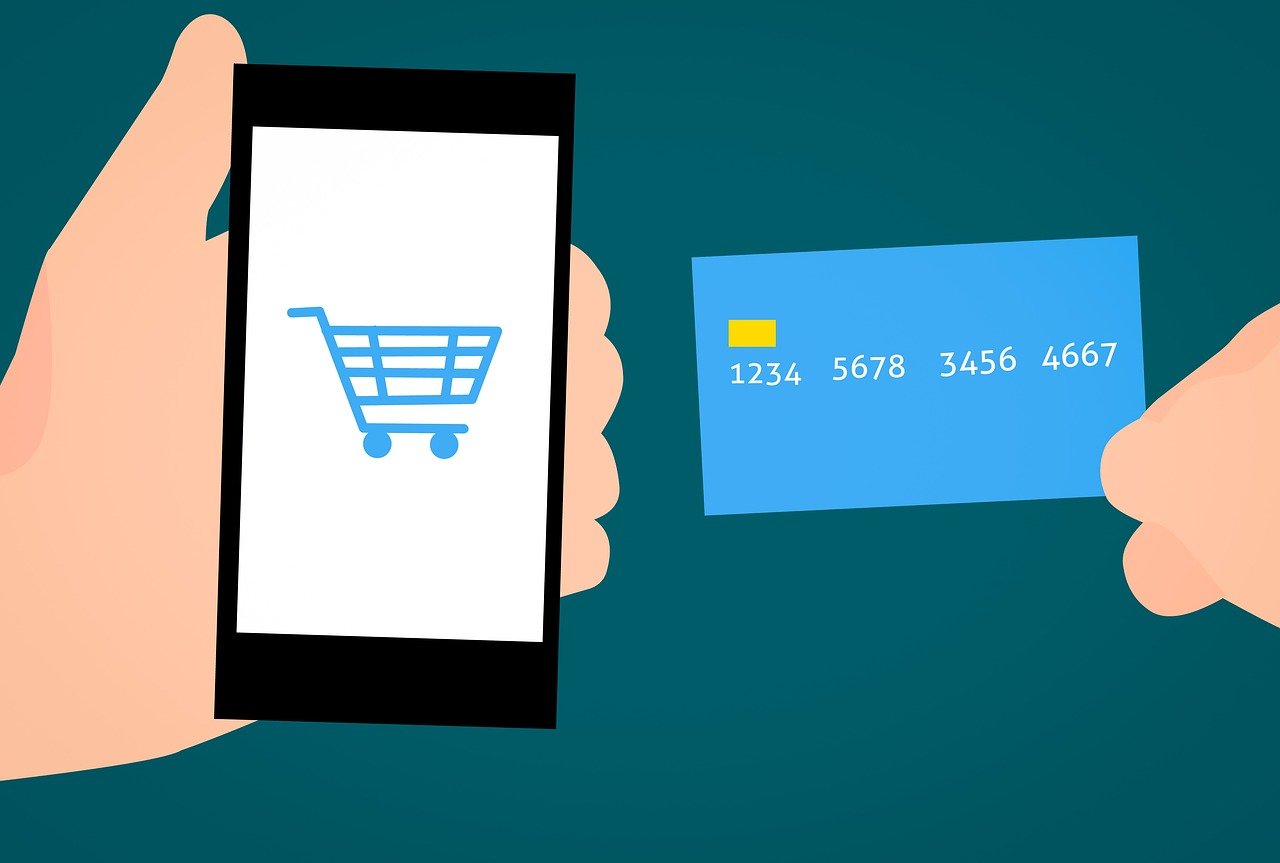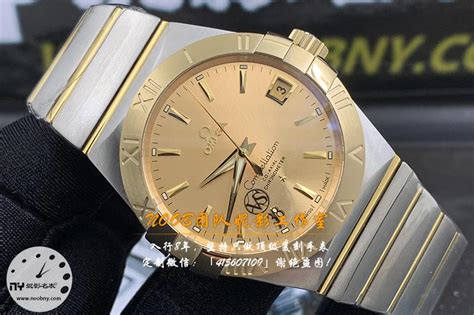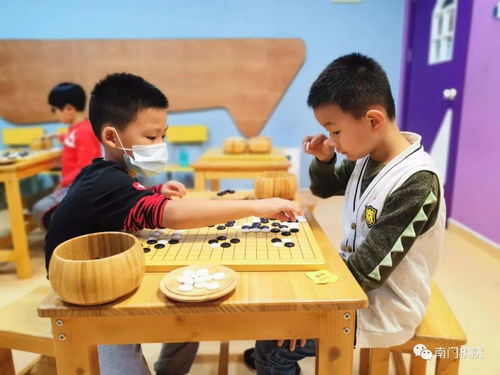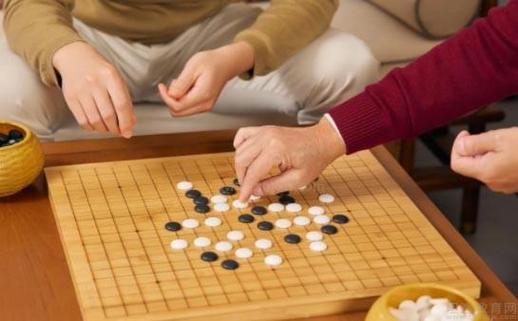儿童玩具结构设计
Title: Designing Educational Toys for Children's Nutrition Education
In today's fastpaced world, where unhealthy eating habits are increasingly prevalent among children, the importance of nutrition education cannot be overstated. One effective way to engage children in learning about nutrition is through interactive and educational toys. In this article, we will explore the key aspects of designing toys aimed at promoting children's nutrition education.
Understanding the Target Audience:
Before diving into the design process, it's crucial to understand the age group and developmental stage of the children the toy is intended for. Consider factors such as cognitive abilities, attention span, and interests to ensure the toy is both engaging and educational.
Incorporating Educational Content:
The core purpose of these toys is to educate children about nutrition in a fun and interactive manner. Incorporate ageappropriate information about food groups, the importance of balanced diets, healthy eating habits, and the benefits of various nutrients. Utilize colorful visuals, simple language, and handson activities to make learning enjoyable.
Promoting HandsOn Learning:
Children learn best through handson experiences. Design toys that allow children to actively engage with different aspects of nutrition. This could include sorting fruits and vegetables into categories, assembling balanced meals, or playing interactive games that teach about the nutritional value of various foods.
Encouraging RolePlaying and Imagination:
Roleplaying games can be powerful tools for teaching children about nutrition. Create toys that enable children to pretend to be chefs, farmers, or grocery store owners. Through imaginative play, children can learn about where food comes from, how it's prepared, and the importance of making healthy food choices.
Fostering Social Interaction:
Toys that encourage social interaction can enhance the learning experience. Consider designing games or activities that can be played cooperatively with friends or family members. This not only reinforces the educational content but also promotes teamwork and communication skills.
Safety and Durability:
Safety should always be a top priority when designing toys for children. Ensure that all materials used are nontoxic and free from any potential choking hazards. Additionally, design toys that are durable and can withstand the wear and tear of active play.
Incorporating Technology:
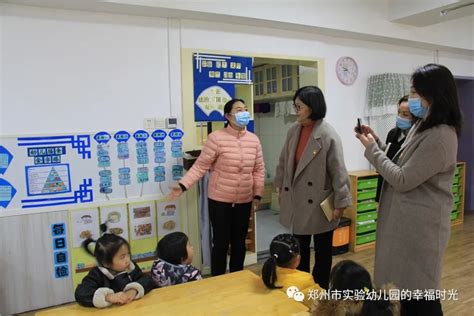
Incorporating technology, such as interactive apps or augmented reality features, can enhance the educational experience. However, it's essential to strike a balance and not rely solely on technology. Traditional, handson elements should remain central to the toy's design.
Feedback and Iteration:
Gather feedback from children, parents, educators, and nutrition experts throughout the design process. This feedback can help identify areas for improvement and ensure that the final product meets the needs of its intended audience. Be prepared to iterate on the design based on this feedback.
Conclusion:
Designing educational toys for children's nutrition education is a rewarding endeavor that has the potential to positively impact children's health and wellbeing. By incorporating educational content, promoting handson learning, encouraging roleplaying, fostering social interaction, prioritizing safety, and incorporating technology thoughtfully, designers can create engaging and effective toys that help children develop healthy eating habits that last a lifetime.


